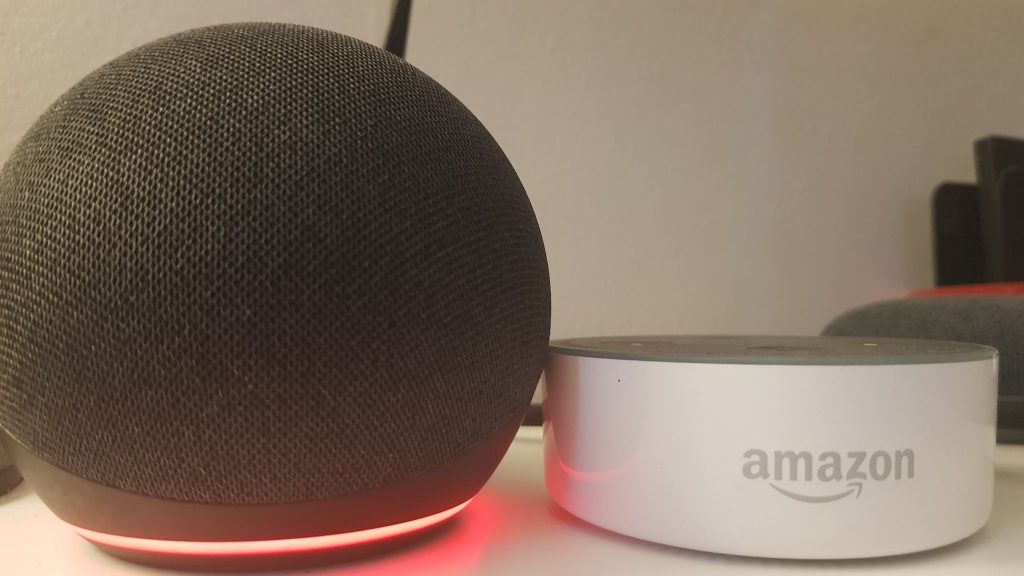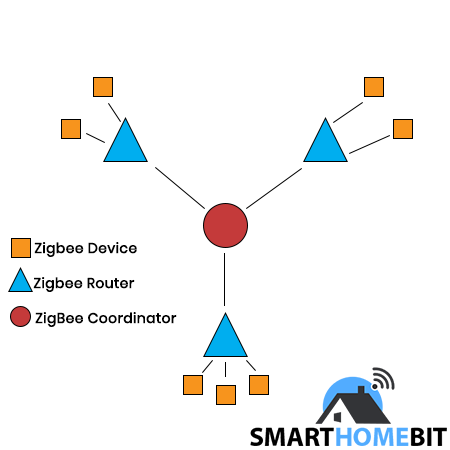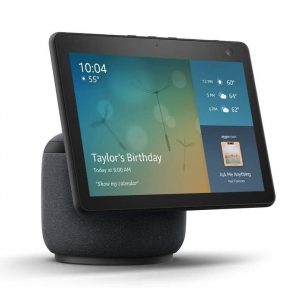Before we Zigin…
There are two main protocols for any Smart Home, these are Zigbee and Z-Wave. There’s a lot of debate on which is the best option, but in this post, I will break down what this technology is, how it’s used and why it’s good/bad.

This will be quite an intensive look into Zigbee (And some of Z-wave), to show you the full capabilities and technical necessities of this technology.
Amazon recently mentioned that their new 4th-gen Echo would also operate as a Zigbee hub, which means we can expect to see Amazons Smart Home products reach out into other Smart Home ecosystems.
Google, Amazon and Apple are all joining up with Zigbee Alliance. This means that Smart Homes moving into the future will be compatible with many other devices.
What is Zigbee?
Zigbee is a protocol that works much like a mesh network, this means that instead of each device which uses Zigbee connecting to your WiFi network, they connect to a central hub instead.
Wi-Fi and Bluetooth aren’t great at meshing together devices on one network, this is where a Zigbee hub comes into place.
Zigbee is based on IEEE’s 802.15.4 personal-area network standard, basically, this means that the Zigbee specification has been around longer than a decade.
Often considered as an alternative to WiFi and Bluetooth, it should be mentioned that Zigbee uses a lot less bandwidth and works better for low-powered devices.
Zigbee is considered one of the two main network standards for home automation
Why is Zigbee so good?
Zigbee has one specific feature that makes it incredible; there’s no need for a centralized hub as it is possible for devices to send data from one to another creating the mesh.
A general rule of thumb is that not all Zigbee Devices can work in the fashion of repeating the mesh.
The general rule of thumb is if it is powered constantly, like a Smart Plug or Smart Bulb, it will work as a mesh repeater.
As Zigbee is based on IEEE’s 802.15.4 network standard, it allows them to reach up to a maximum range of 300 meters (Assuming there aren’t walls in the way).
Typically this means you’ll see anywhere from 70 – 100 meters when setting up indoors.
Zigbee operates on various different frequencies, these are 2.4GHZ, 868MHz & 90MHz.
Zigbee also has a transmission rate of 250kbps, this is a much lower speed than most WiFi connections, this works well because it’s only transmitting locally for up to 65 feet around your home. So, in this case, the lower the better.
This would be great for any sensors you have that need to send data to and from your main hub due to the lower power requirements.
What is a Mesh Network and why should I use one?
This can get quite confusing, in this instance I’ll try and break this down into the following:
- Zigbee Coordinator
- Zigbee Router
- Zigbee Device
A Zigbee device is anything which you see, so, a light bulb or sensor etc. The Zigbee Devices all connect to a respective Zigbee router and all Zigbee routers connect to one single ZigBee Coordinator. It’s much like a squad of people who communicate up to one leader.

Hopefully this little colourful picture helps, basically, a Device (Also known as a Module) will connect to the Router (A node) which then connects to the Device (The main network).
This lowers the transfer data of information as the Nodes act as a small transmitter.
This is also a very stable network, as if one router goes down, there’s still other areas of the network that are up and running.
The only real downtime would be if the Coordinator stopped functioning which would then be an easy diagnosis.
You can also run a WiFi network on a mesh set up, but that’s something for another time!
A breakdown of Zigbee technology
There’s various different subcategories in this breakdown, so I’ll do my best to make this as easy to read as possible.
Low Power & Comparisons
The whole point of a Smart Home is to save money, effectively improve your lifestyle and not stress. With WiFi and Bluetooth being very power hungry, it’s no wonder this is the perfect choice.
A lot of your devices will be running on batteries (Blink cameras for example), as such you will want the communication protocol to use a lot less of that battery power.
Zigbee uses a lot less power than Z-Wave, so for small bursts, it’s pretty perfect!
Signal Range & Reach
With the expansions of Smart Home technology over the last few years, it’s expected that you will want to have a much further reach for your device signals.
Zigbee has a range of 65 feet, assuming there’s nothing directly blocking it. This isn’t too bad in terms of signal range but it’s not exactly amazing, indoors I’d expect anywhere between 30 and 45 feet. But this is based purely on line of sight.
Why can the signal be so bad?
High signal frequencies cannot penetrate walls or furniture unfortunately, as such you are better off setting up multiple hubs around your house and having your Main Coordinator in a position where all routers can connect best.
This isn’t great for big smart homes, but it is a much more acceptable set up in that case. If you have multiple floors, definitely have a different router for each floor if you can.
What about Zigbee dependability?
As mentioned above, the signal can be bad, this means that dependability can be impacted. Let’s say you have a Smart Lock which cannot connect to your hub, what does this mean?
Simply put, you won’t be able to unlock the Smart Lock because it cannot send a signal to and from the hub correctly.
But, if this is set up correctly, this is exactly why we need Zigbee. What do I mean by that exactly?
Zigbee is great, hell, it works fantastic if you do set it up correctly.
What type of hub do I need for Zigbee?
Having Zigbee devices on your network typically requires a hub and a plan ahead of time to bring them together correctly.
Amazon has taken this by storm recently, the Echo Plus and the Echo Show 10 work as a Zigbee Hub. The Eero Mesh Pro is also a fantastic choice as it works not only as a router but a Zigbee Hub.
If you’re looking for something external to the Amazon world, some great suggestions are Samsung SmartThings, Wink and Abode. Personally, I always suggest the SmartThings Hub in this instance
How are so many devices compatible?
This is thanks to a group called Zigbee Alliance, this means over 2500 devices are Zigbee-ready. There is a Zigbee Home Automation Certificate which shows you which devices are fully Zigbee compatible.

Some of the more common products you may not know are Zigbee compatible are:
- Amazon Echo Plus
- Belkin WeMo
- Ikea Tradfri
- Philips Hue (Using Signify)
- Samsung SmartThings
- Yale Smart Locks
- Honeywell Thermostats
The Zigbee Alliance
The Zigbee Alliance was created by the creators of this technology in 2002 and has around 400 members with 2500+ devices supported.
There’s around 500 million Zigbee chipsets which have been sold, there was an expected 4 billion to ship by 2023 (But it looks like Covid-19 has put a stop to that).
There are 3 levels to the Zigbee membership (Which all cost money to join), these are: Adopter, Participant & Promoter.
Is it possible to connect Zigbee to a PC?
In theory, yes. You could use an Arduino and have it connect via a USB. Specifically, look into the XBee shield.
This will require a lot of learning and ultimately custom code that yourself or the Arduino community creates.
Sparkfun have a great guide on XBee WiFi Hookup Guide

